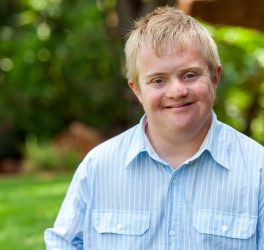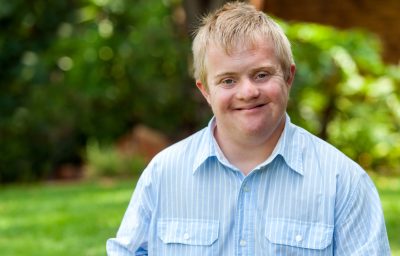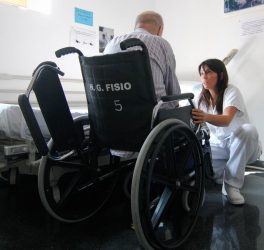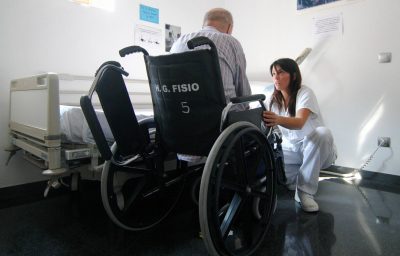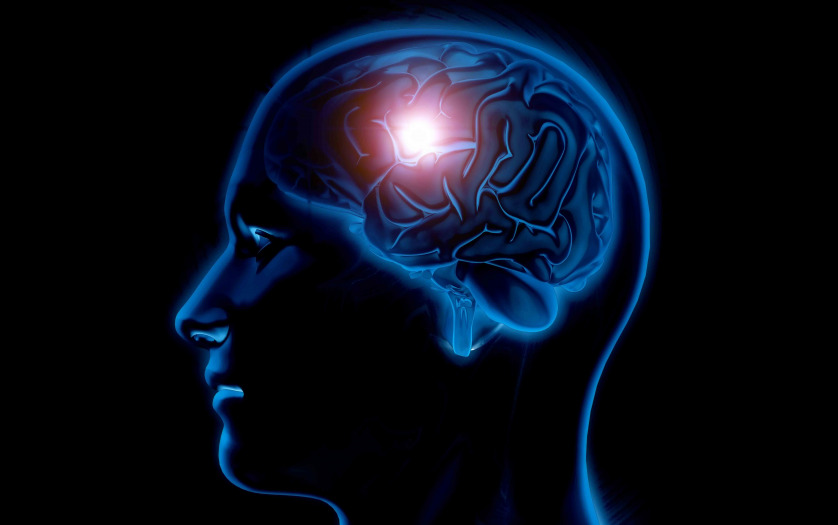
A team of Indiana University neuroscientists has built a new model of human brain networks that sheds light on how the brain functions.
The model offers a new tool for exploring individual differences in brain networks, which is critical to classifications of brain disorders and disease, as well as for understanding human behavior and cognitive abilities. The model highlights different brain structures — cells, groups of cells or specific regions — and the ongoing, overlapping series of “conversations” between those structures, which are tracked on a more precise time scale than has been previously afforded by other approaches.
“The model gives us a new perspective on the brain that adds clarity to what we already know about how the brain functions,” said Richard Betzel, senior author of a new study in Nature Neuroscience. Betzel is a professor in the IU Bloomington College of Arts and Sciences’ Department of Psychological and Brain Sciences. “It highlights new organizational features that we hope to use down the road as diagnostic tools or as biomarkers for certain disorders.”
Because the new model vividly depicts individual differences in brain networks — the idiosyncratic signature or fingerprint that distinguishes one person’s brain networks from another — the researchers believe it could be useful for classifying brain disorders and disease.
Betzel’s lab has begun to use the model in classifications of autism spectrum disorder with IU psychological and brain sciences autism researcher Dan Kennedy. Working with researchers at the Indiana Alzheimer’s Disease Research Center at the IU School of Medicine, IU neuroscientist Olaf Sporns has begun to use the model in the context of dementia, memory tasks and executive tasks, to see if they can find a marker for those at risk for Alzheimer’s disease.
The model can also help researchers understand how brain networks correlate to certain kinds of behavior or abilities regarding cognitive tasks.
“We’ve only scratched the surface,” said Sporns, Betzel’s collaborator on the study. “This is what makes the project so exciting: There’s a sense of something new.”

